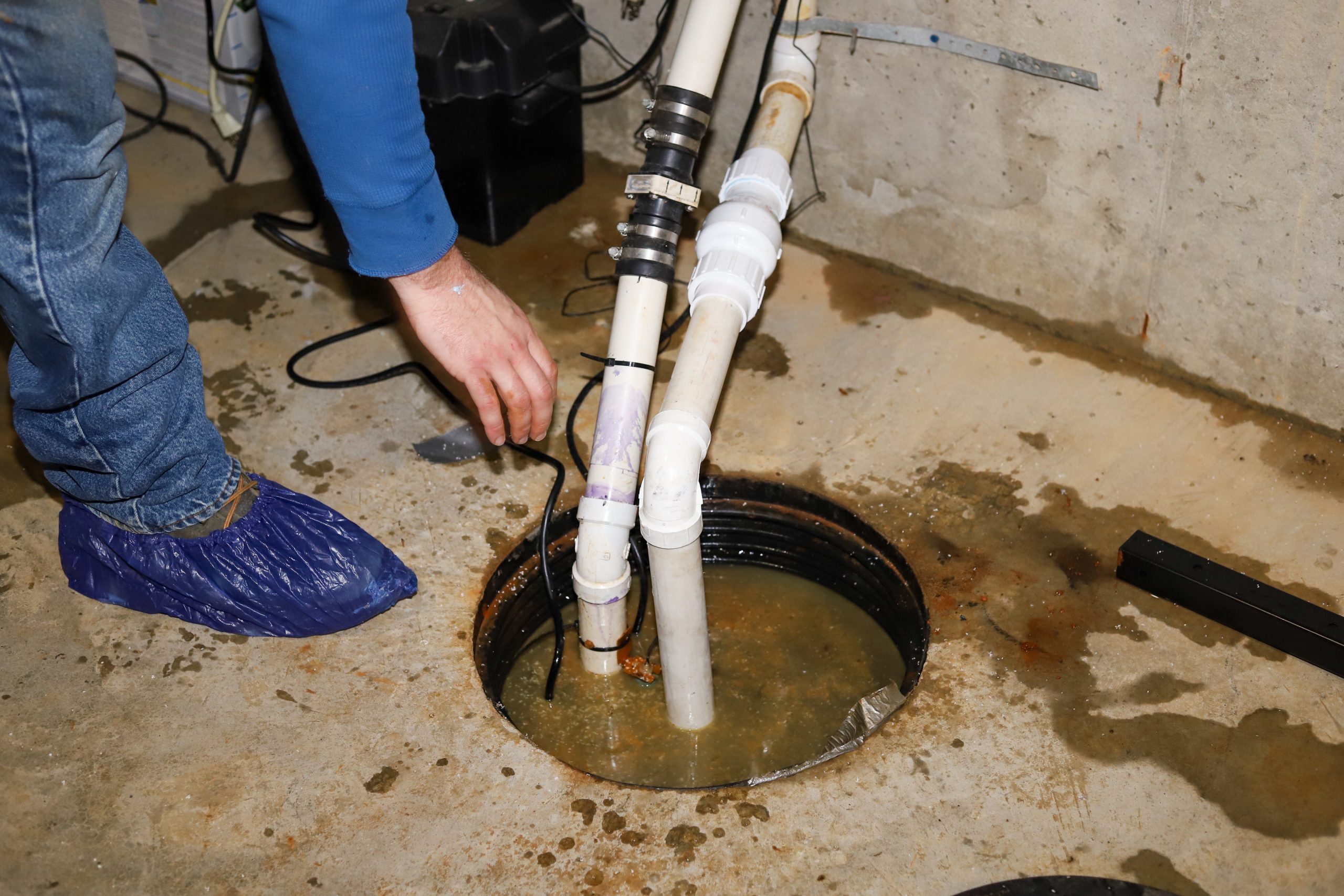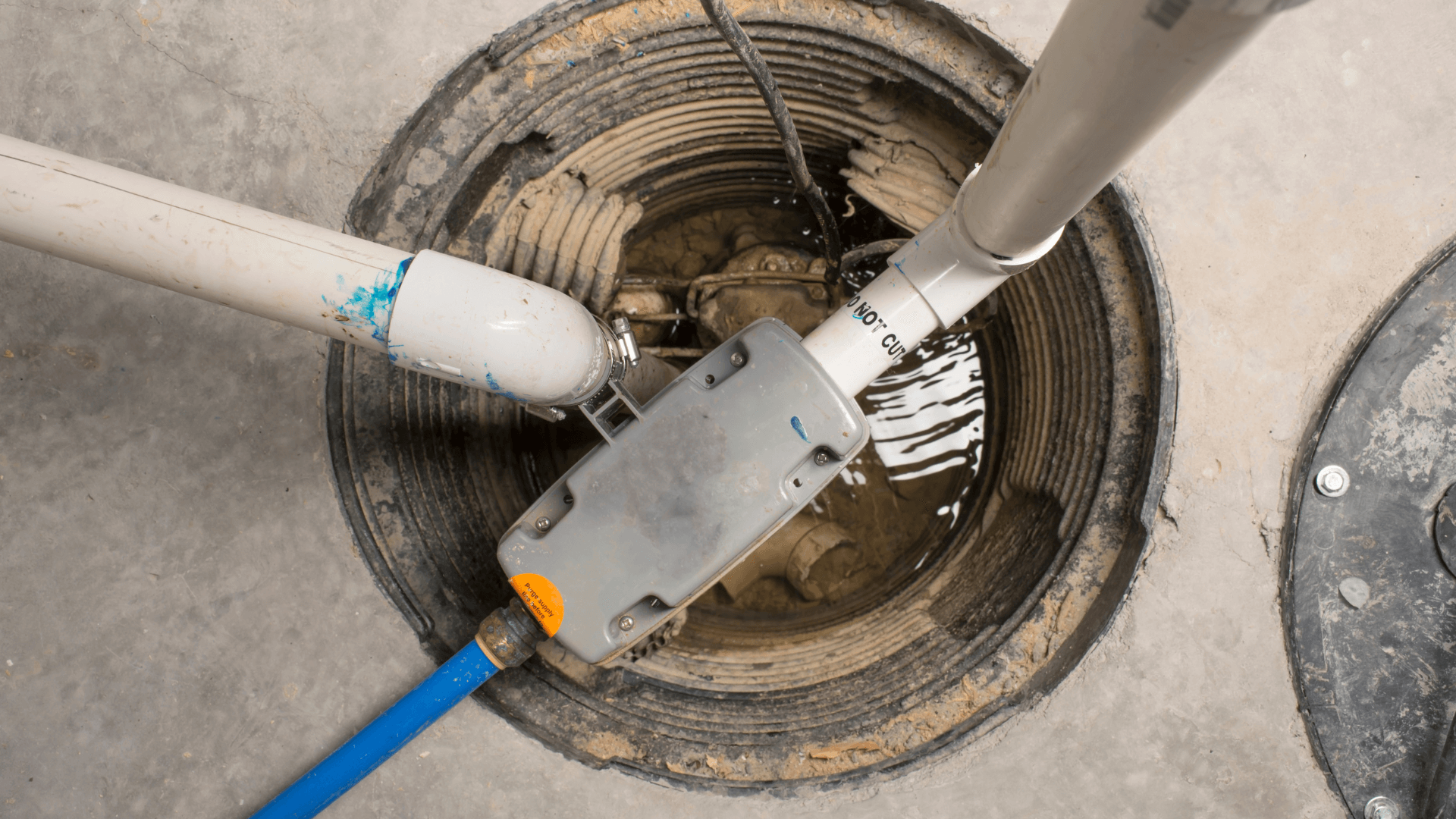Are you on the lookout for critical information on Steps to Cleaning Your Sump Pump Properly?

Sump pumps are crucial elements in several homes, particularly in areas vulnerable to flooding or excessive dampness. They aid prevent water damages by successfully eliminating excess water from cellars or crawl spaces. However, like any other appliance, sump pumps need normal upkeep to guarantee they function successfully when required the most. Cleaning your sump pump is a vital part of its maintenance, and comprehending how to do it appropriately can conserve you from costly repair work and prospective catastrophes.
Introduction
Maintaining a clean sump pump is important for its proper functioning and durability. Overlooking this vital job can result in clogs, breakdowns, and inevitably, water damage to your home. Consequently, discovering exactly how to clean up a sump pump is vital for homeowners who rely on these devices to maintain their cellars completely dry and safeguarded.
Indicators of a Dirty Sump Pump
Understanding when your sump pump needs cleansing is essential for preventing prospective malfunctions. Some usual indications that indicate a filthy sump pump consist of unusual sounds throughout operation, minimized water circulation, and noticeable particles in the pit. If you observe any one of these signs and symptoms, it's necessary to clean your sump pump immediately to prevent any additional concerns.
Planning for Cleansing
Before you begin cleansing your sump pump, it's vital to take some safety and security preventative measures. Beginning by shutting off the power to the pump to avoid any kind of electrical mishaps. Furthermore, use ideal protective equipment, such as gloves and safety glasses, to safeguard yourself from dust, particles, and potential virus.
Comprehending the Sump Pump
Prior to diving into the cleansing process, it's vital to have a fundamental understanding of just how a sump pump works. Generally installed in a pit or basin listed below the basement floor, a sump pump contains a number of vital elements, consisting of a pump, a float button, and a discharge pipeline. When water gathers in the pit, the float switch activates the pump, which after that pumps the water out through the discharge pipeline, far from the structure's foundation.
Detailed Overview to Cleaning Up a Sump Pump
Shutting down the Power
Begin by detaching the power supply to the sump pump to prevent any type of accidents while cleaning.
Checking for Correct Functioning
Prior to reinstalling the pump, carry out a quick test to guarantee that the float button triggers the pump properly. Pour some water into the sump pit and observe the pump's operation. If every little thing is working appropriately, you can reassemble the pump and reconnect the power supply.
Removing Particles and Dust
Utilize a pail or an inside story to get rid of any noticeable debris, dirt, or debris from the sump pit. Dispose of the particles properly to stop it from obstructing the pump or the discharge pipe.
Cleaning the Pump and Drift Switch
As soon as the pit is clear of particles, very carefully eliminate the pump from the pit. Inspect the pump and the float button for any indicators of damages or wear. Use a soft brush or towel to clean the surfaces and get rid of any type of built up crud.
Flushing the System
After cleaning up the pump and float button, purge the sump pit with clean water to get rid of any kind of continuing to be dust or debris. This will certainly assist ensure that the pump runs efficiently and effectively.
Upkeep Tips to Maintain Your Sump Pump Clean
In addition to regular cleansing, there are numerous maintenance pointers you can follow to keep your sump pump in ideal problem:
Final thought
Cleaning your sump pump is a vital aspect of its maintenance and ensures that it runs effectively when you need it one of the most. By following the actions laid out in this overview and incorporating regular upkeep into your routine, you can extend the life-span of your sump pump and safeguard your home from water damage.
6 STEPS ON HOW TO CLEAN A SUMP PUMP PROPERLY
UNDERSTANDING SUMP PUMPS
Your sump pump plays a crucial role in protecting your home by managing and removing excess water. It primarily functions as a “shield”, guarding your basement against the damaging effects of water accumulation. The pump is housed in a sump pit in the lowest part of your basement, and its job is to pump out any water that collects there.
During heavy rainfalls or when snow melts rapidly, water can infiltrate your basement, posing potential risks like flooding, structural damage, and harmful mold growth. Here, the sump pump springs into action, pumping out the intruding water and directing it away from your home.
SAFETY FIRST
Before cleaning, remember to prioritize safety. Disconnect the sump pump from the power source to prevent any accidental electric shocks. Also, wear sturdy gloves to protect your hands from any sharp or dirty components within the pump.
REMOVE THE SUMP PUMP
After ensuring your safety, the next step is to remove the sump pump from its pit. Doing this might require careful maneuvering as you don’t want to damage any pump components. Once removed, clean the sump pit to remove any accumulated debris or sludge.
INSPECT THE PUMP
Inspect the pump for any visible signs of wear or damage. Check the power cord, float switch, and impeller housing. If any components look worn out or damaged, consider replacing them to ensure optimal performance.
CLEAN THE PUMP
Thoroughly clean the pump with warm, soapy water. Make sure to rid it of any dirt, gravel, or other debris that might impede its performance. You can use a toothbrush to clean the small, hard-to-reach parts of the pump.
REINSTALL THE SUMP PUMP
Reinstall the pump into the sump pit Make sure it’s positioned correctly to remove the water effectively Once it’s back in place, reconnect it to the power source TEST THE PUMP
Finally, pour some water into the pit to ensure the pump works correctly. It should start automatically and begin pumping out the water; if it doesn’t, check the power source and the positioning of the pump.
Remember, while cleaning your sump pump is an essential part of home maintenance, hiring a professional plumber for a thorough inspection and cleaning at least once a year is also important. This will ensure that your pump is in optimal condition, ready to protect your home from potential water damage.
BEST PRACTICES FOR CLEANING SUMP PUMP DISCHARGE PIPES
Regular Inspection: Regularly inspect your discharge pipes, especially during heavy rainfall or snowmelt periods. Look for any signs of blockage or damage. Early detection of problems can prevent serious issues down the line. Periodic Cleaning: Over time, sediment and debris can accumulate in the discharge pipes, impeding the flow of water. Regular cleaning helps keep the pipes clear and functioning efficiently. You can use a high-pressure water jet to effectively clean the pipes. Insulation During Winter: In colder climates, discharge pipes can freeze, blocking the outflow of water. Protect your discharge pipes from freezing temperatures by insulating them with foam pipe insulation. This will ensure the sump pump can continue to discharge water even in freezing conditions. Proper Positioning: The discharge pipe should be positioned to direct water away from your home’s foundation. Improper positioning can lead to water seeping back into the basement. Ensure the pipe is long enough and angled correctly. Installation of a Check Valve: A check valve prevents water from flowing back into your sump pit after the pump has pushed it out. Installing a check valve helps maintain the efficiency of your sump pump and reduces the risk of flooding. Minimize Pipe Turns: Every curve or turn in the discharge pipe can decrease the efficiency of water flow. By minimizing turns and bends in your discharge pipe, you can increase the efficiency of your sump pump. https://www.fullspeedplumbing.com/how-to-clean-a-sump-pump-properly9999/

As a fervent person who reads about How To Effectively Clean A Sump Pump, I imagined sharing that excerpt was a good idea. Sharing is good. Who knows, you may very well be doing someone a favor. I cherish your readership.
Book Services